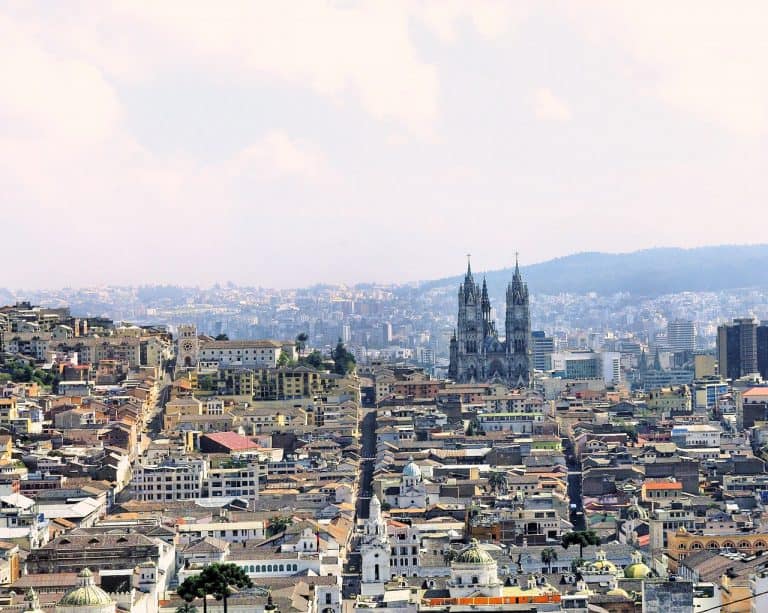Ecuador is approximately 110,000 square miles. However, no matter how small the country is, it happens to be one of the world’s travel destinations that is the most diversified. No matter your travel personality, going on an Ecuador tour offers a wide selection of sights, activities, and attractions.
Is Ecuador safe to visit?
Yes, but South American safety rules apply as in any other country. At night you have to be careful and know the areas. Always get advice by locals on which areas are safe and which ones you should avoid, especially in the capital city!
Do you need vaccinations to travel to Ecuador?
You should definitely get a shot for yellow fever when going to Ecuador and try to prevent mosquito bites in general. WHO recommends also other vaccinations such as rabies, hepatitis A and B, malaria.. check the full list here.
How do you get around in Ecuador?
Most of the travelers take the bus option as it’s the most affordable and the most authentic way to explore Ecuador. For the Galapagos Islands, people usually choose the boat option but you can also fly.
Do you need a visa to travel to Ecuador?
Citizens of the USA, Canada as well as most of the World countries do not need a visa to enter Ecuador but the passport must be valid at least 6 months past the planned departure. Check out the full VISA MAP below.

Ecuador has it all! Mountains, beaches, islands
You’ll find many ecosystems within Ecuador’s borders, such as the Amazon River Basin, the Galapagos Islands, and the Andes Mountains. What’s also beneficial is that because these features are close in proximity to one another, it doesn’t take long to see all of these natural and historical attractions.
It’s a bit of a trick to narrow down everything that you’ll see on a tour of Ecuador. However, here we asked specialist tour operator for South America, Voyagers.travel to offer some advice and here are some of their recommendations and favorites:
Adventure Time located in Baños de Agua Santa
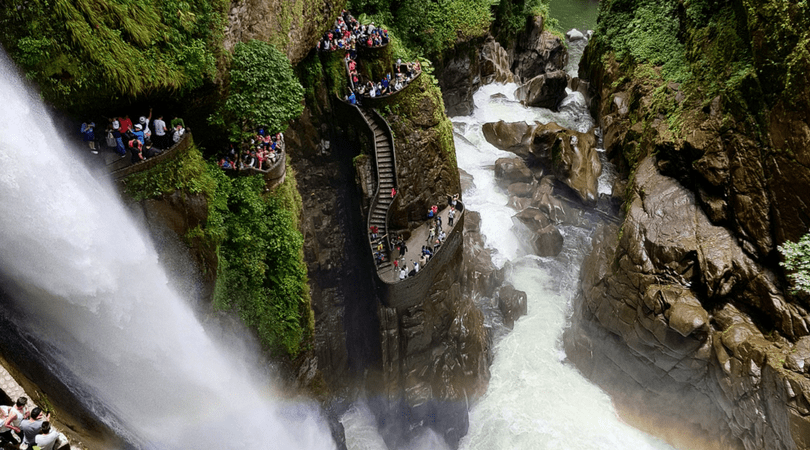 Baños de Agua Santa, or Baños as the locals call it, means “baths of sacred water.” Therefore, the town is named for the natural hot springs, flowing from the active Tungurahua Volcano to the edge of town.
Baños de Agua Santa, or Baños as the locals call it, means “baths of sacred water.” Therefore, the town is named for the natural hot springs, flowing from the active Tungurahua Volcano to the edge of town.
But there’s more than just the hot springs. It’s a great place to begin for the many activities in the region. For example, you can white water raft down the Pastaza River to the Amazon Basin. Or you can hike, climb and rappel on and through canyons.
Not in the mood for such energetic pursuits? Then why not take a walk to view some magnificent waterfalls, such as Manto de la Novia and Pailón del Diablo, some of the most beautiful waterfalls in all of South America.

Colonial Architecture in Cuenca
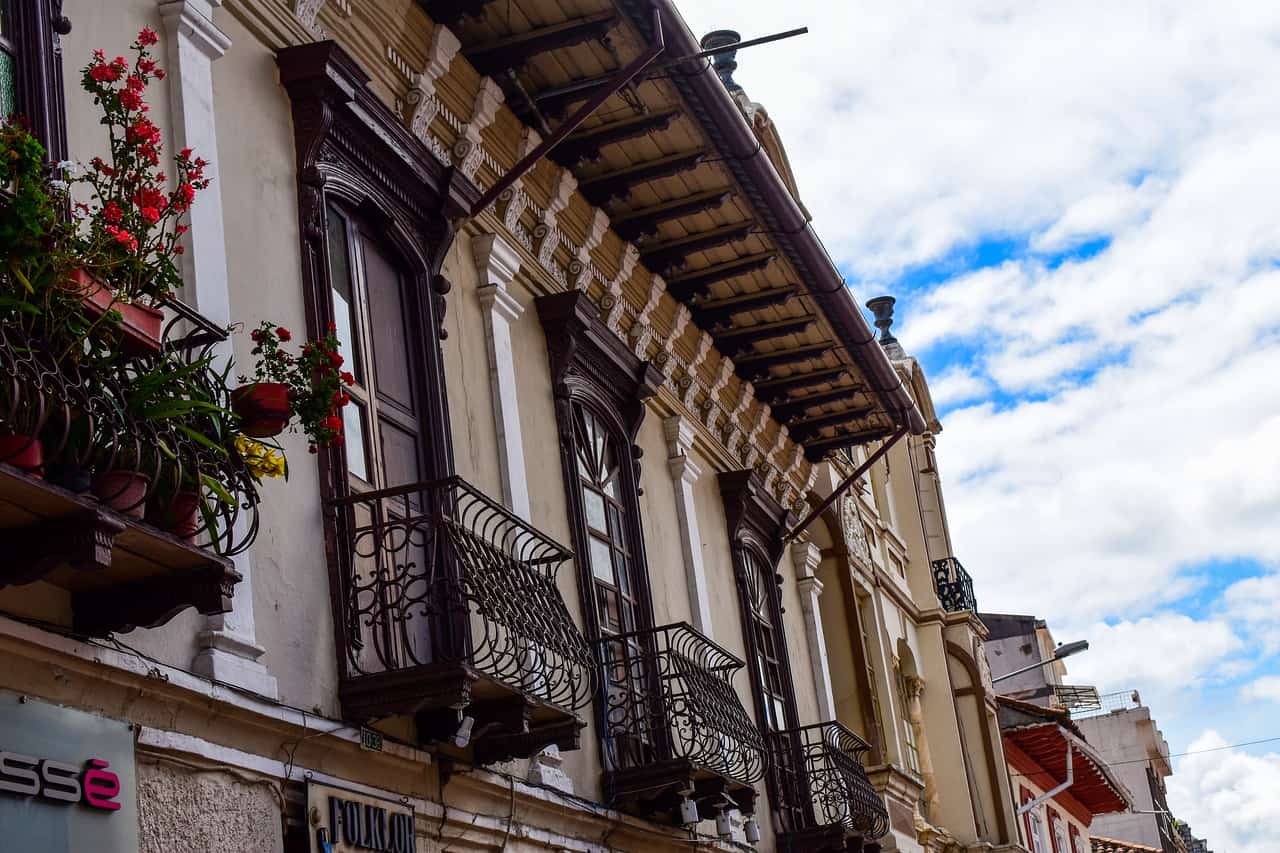 One could argue that Cuenca is the most beautiful colonial city in Ecuador.
One could argue that Cuenca is the most beautiful colonial city in Ecuador.
Charles V. Cuenca, the Spanish King, founded the Historic Centre of Santa Ana de los Ríos de Cuenca (link sends e-mail) in 1557 and it was built under his strict 1527 guidelines.
The structure is a UNESCO World Heritage Site. A majority of the architecture of the city can be traced back to the 18th century.
Why do ex-pats from the US love Cuenca? Because the area is safe and has a high standard of living. You’ll find an international community with lots of retirees.
Visit the Galapagos Islands
The Galapagos Islands are unlike any other place in the world. The myriad wildlife species are a highlight of any nature-lovers Galapagos Islands cruise, and many of the animals living on the islands are native to the Island.
You won’t find Flightless Cormorants, Marine Iguanas, Galapagos Penguins or Giant Tortoises anywhere else in the world except the Galapagos Islands. You can get within a few feet of this endemic wildlife, without them being bothered much by it, and that’s a real Galapagos Islands treat.
Of course, it’s not just wildlife. You haven’t visited Ecuador without gazing at the geology of the volcano-birthed islands. In fact, it has a landscape that looks otherworldly and is highly likely to leave even the most seasoned traveler in complete awe.
Yet, what’s truly incredible is the variety of ecosystems among these fantastic landscapes. You’ve got Santa Cruz Island (links sends e-mail), on the northern edge, that is incredibly arid. But then when you head south, there’s lush green rainforest and dense humidity.
Relax in Montañita
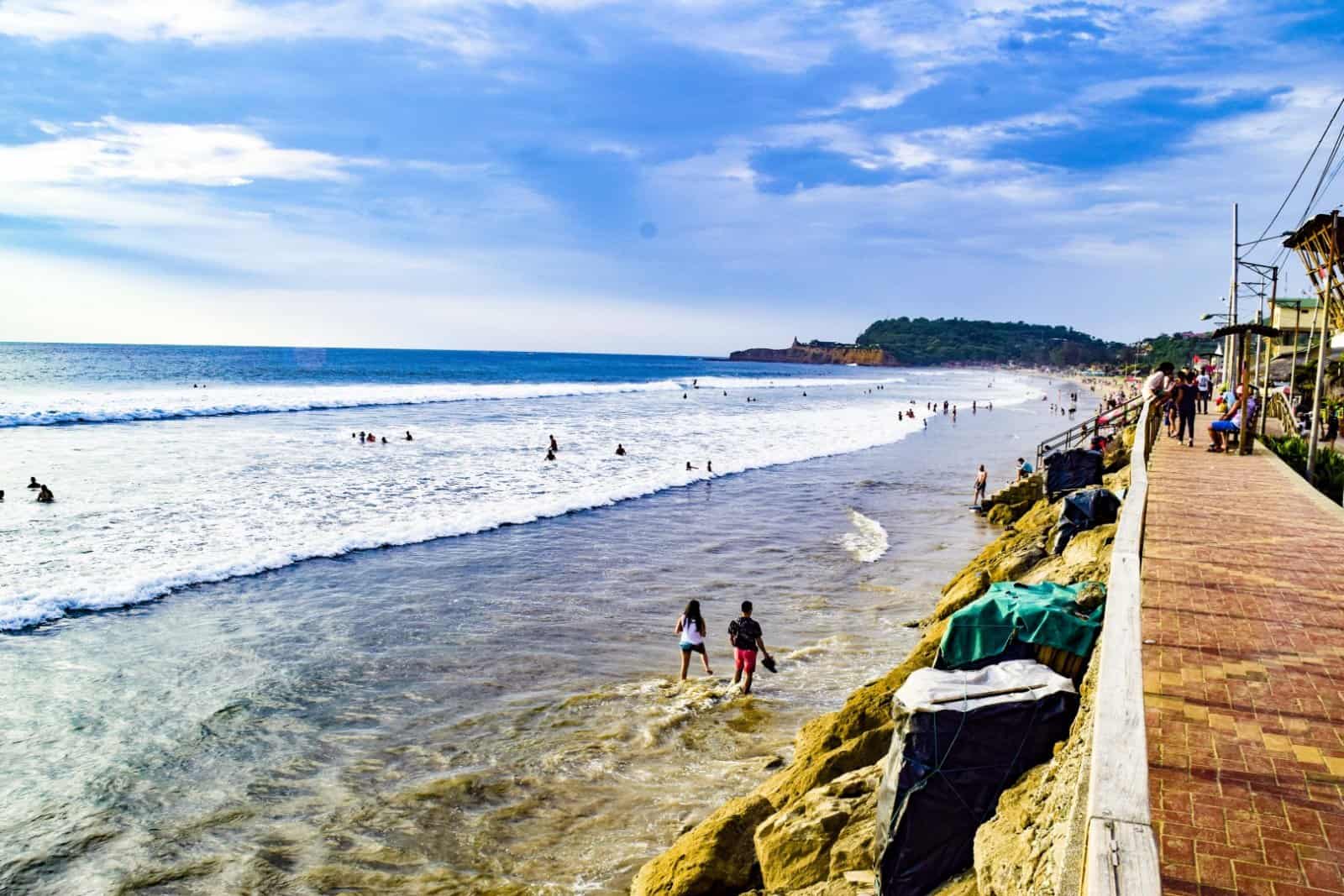
It was only about a decade ago that Montañita, a quiet fishing village, was the place for a small population of hippies from the United States. Today, the location has changed and its Ecuador’s most famous beach destination. Have all the hippies and beach bums left? No. But tourists from all over the world visit Montañita.
To further explain, a decade ago, all one could find was one hostel in Montañita. Today, you’ll find at least twelve. In fact, almost the entire beachfront has hotels, restaurants and shopping outlets.
Now you may think that the growth of Montañita has turned it into a noisy location. In reality, despite its changes, Montañita is still relaxing, quiet and an excellent spot for a beach getaway. The population of the area is just a little over 1,000 people.

Hike Through Cotopaxi National Park
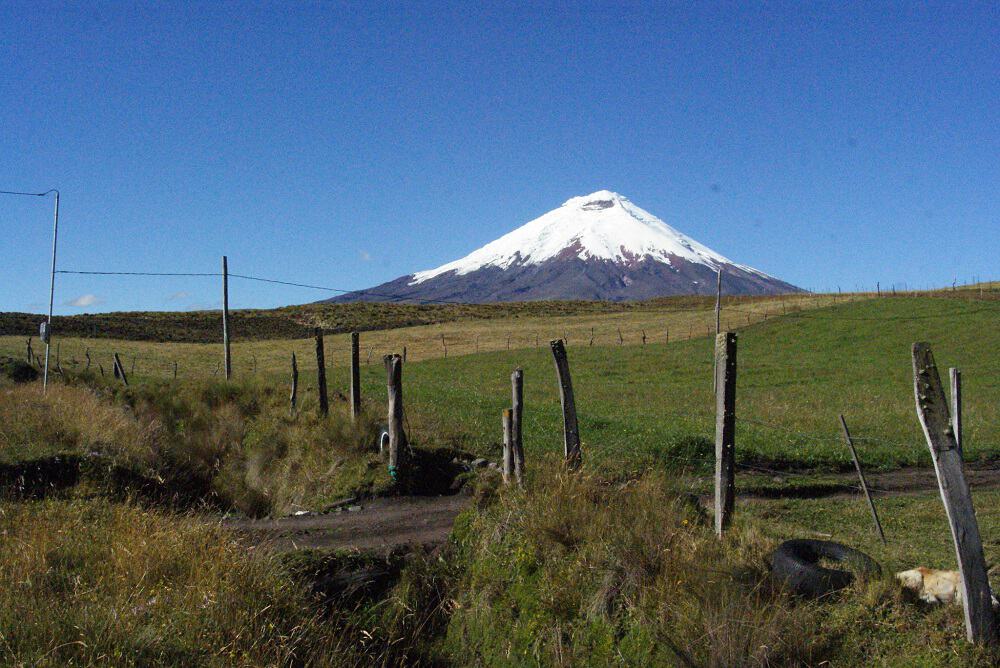 You can often see the Cotopaxi volcano right from the city, and its located just an hour’s drive away from Quito. When you arrive, you’ll see that it’s quite a giant site. It stands at approximately 19,347 feet above sea level.
You can often see the Cotopaxi volcano right from the city, and its located just an hour’s drive away from Quito. When you arrive, you’ll see that it’s quite a giant site. It stands at approximately 19,347 feet above sea level.
In fact, it’s the tallest active volcano not only Ecuador but the world. Furthermore, you won’t find many other places where glaciers are so close to the equator.
Cotopaxi National Park is open to the public when its volcano is not massively active. (After the 2015 eruption, for example, the area was closed briefly to hikers.) When its open, you can quickly get to it by car.
Now you’ll need a licensed guide, but when you have one, climbing the beautiful snow-capped volcano is one of the favorite things to do in Ecuador. If you can reach the top, you’ll see an astonishing 820-foot deep crater at the peak.
Take a Ride on the Devil’s Nose Train
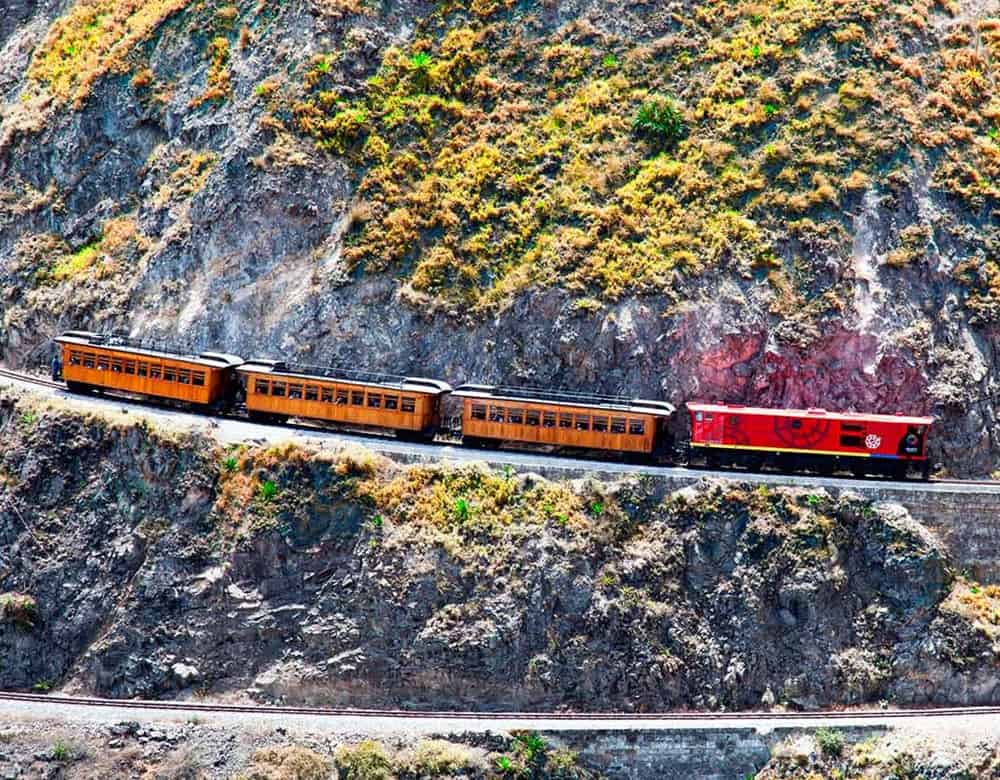
Unfortunately, the majority of the train lines in Ecuador are unused and in disrepair. However, “The Devil’s Nose” is a section of the track that is popular among tourists.
Built-in 1901 by Jamaican and Puerto Rican workers brought into Ecuador, the name “The Devil’s Nose” was given due to a large number of deaths occurring while the switchbacks were constructed.
Throughout 7.4 miles, through this famous section, the train drops approximately 1,640 feet in altitude. To achieve the drop, the train must cut down a steep part and then roll past a junction located on the track. It then must stop and roll back down the next section. The engineering for this feat is impressive and a must-do for train-loving adventure seekers.
Shopping at Otavalo Market
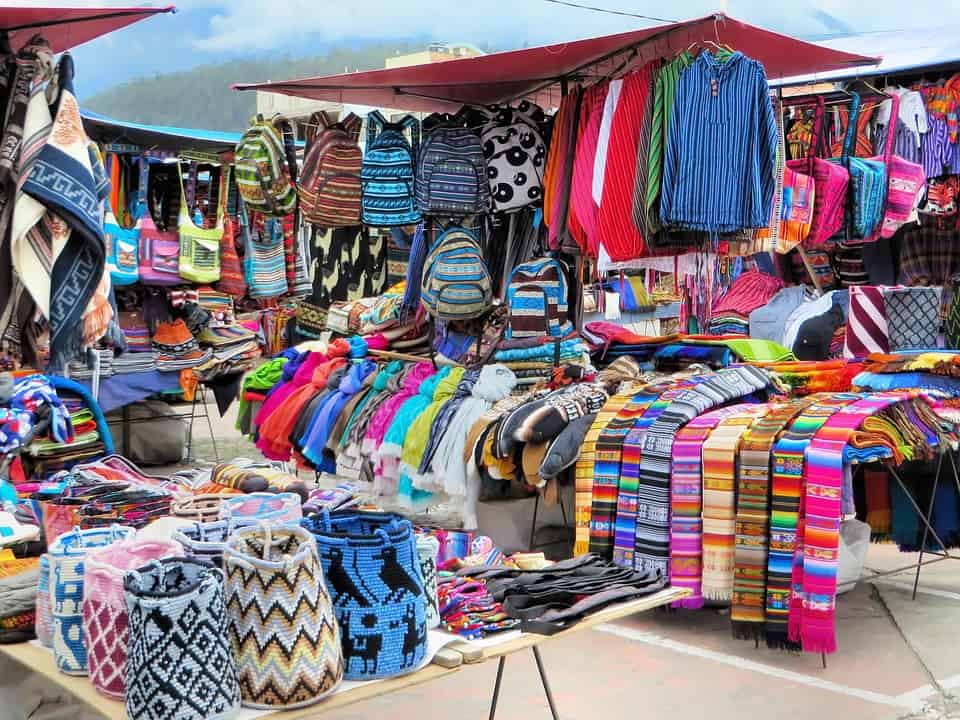 Shopping is a popular thing to do when visiting a location and shopping at Otavalo Market is a fantastic place to wander, explore, and buy. In fact, it’s arguably the most accessible and friendly local market in all of South America.
Shopping is a popular thing to do when visiting a location and shopping at Otavalo Market is a fantastic place to wander, explore, and buy. In fact, it’s arguably the most accessible and friendly local market in all of South America.
The Andean town, just an hour’s drive from Quito, has a focus on trade. Every Sunday, the locals come to the town, from almost every village in the location, to trade fruits, vegetables, goats, llamas, and other farm animals.
You’ll also find, in the center of the town, a tourist market. It’s open every day of the week. There you’ll find happy and friendly vendors who love to chat. After your shopping, take a hike to the outskirts of town and visit the gorgeous Peguche Waterfall.
Take a Boat Ride Down the Amazon
The Amazon Basin that exists in Ecuador is not only wild, but it’s beautiful. Not only that, it’s entirely unique to the adjacent forests held by other countries. Only in the Amazon can you look at a rainforest jungle while also looking at the backdrop of a snow-capped volcano.
For those who love wildlife, you can’t do better than the Ecuadorian Amazon. There you’ll find over 1,600 various species of birds; Caiman, Anacondas as part of over 350 reptiles species; Jaguars, the endangered Cotton-headed Tamarin, Howler Monkeys, and many other mammal species.
Visit Quito
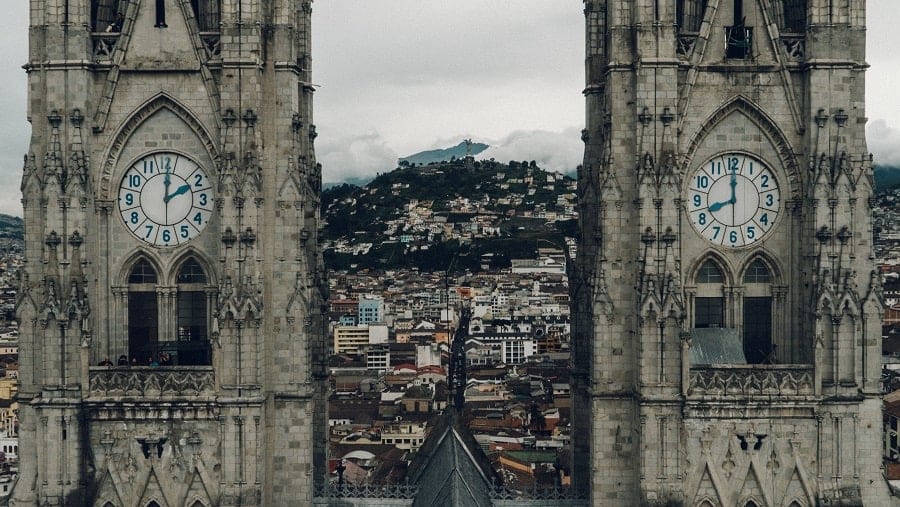 Not only is Quito the capital of Ecuador, but it’s also the busy hub and heart of the country. Most of Quito is approximately 9,842 feet above sea level and will take your breath away.
Not only is Quito the capital of Ecuador, but it’s also the busy hub and heart of the country. Most of Quito is approximately 9,842 feet above sea level and will take your breath away.
Long before the Europeans arrived on the land, Quito was founded by the Caras people in approximately 980AD. The Inca conquered the city in 1460 and then integrated it into their kingdom. Quito was the northern capital of the Inca Kingdom, and it was in turmoil. However, when the Spanish seized control of Quito in 1534, things settled down.
Today, you’ll find lots to love about Quito. If you’re looking for colonial Latin American architecture, Quito is filled with it. You’ll also find a cable car that carries passengers 13,779 feet above sea level, granting you spectacular views of the city. Indeed, on a clear day, you can see the Cotopaxi volcano.
Outside of Quito, there’s plenty of attractions to enjoy as well, such as the famous Mitad del Mundo, known as the “Center of the Earth.” It is a museum and a monument for the equator. As a special treat, you can get a photo standing on the equator line. You can put one of your feet in the southern part and your other foot in the northern part.
We hope you’ve found this Ecuador travel guide useful and got some good tips. If you have some suggestions, feedback or addition to the article feel FREE to comment below. We love to hear feedback.

